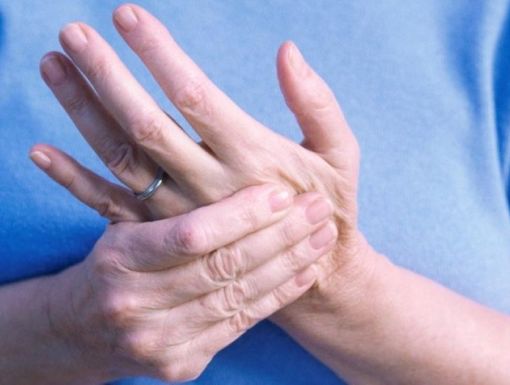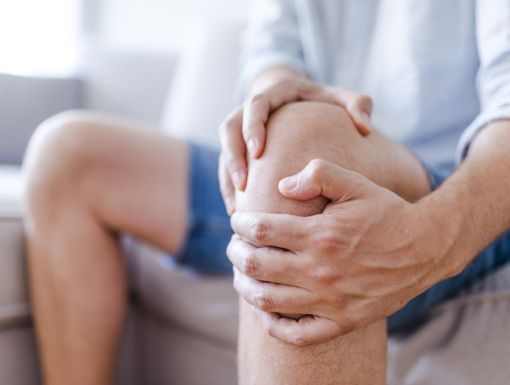
What is Tendonitis? 3 Things to Know
Tendonitis occurs when a tendon – the thick, fibrous cords that connect your muscles to bones – become inflamed or irritated. It can cause pain and tenderness near a joint, swelling, joint stiffness and limited range of motion.
Tendonitis can affect various parts of the body, but most people experience tendonitis in the shoulders, elbows, knees, forearms, hands, feet and lower legs.
What causes tendonitis?
Repetitive motions and activities, often from overuse or a sports injury, are the most common causes of tendonitis. Arthritis and calcium deposits in the tendons also can cause tendonitis.
Tendonitis is commonly felt in the:
- Shoulder, including in the rotator cuff and biceps tendon
- Elbow, commonly diagnosed as lateral epicondylitis (tennis elbow) or medial epicondylitis (golfer’s elbow)
- Hip, particularly in the gluteus medius and minimus tendons
- Patellar tendon in the knee
- Ankle and Achilles tendon around the heel
Seeing a doctor for a proper diagnosis is key to getting the best treatment. Tendonitis is sometimes confused for conditions including bursitis and osteoarthritis, though they are distinctly different.
Bursitis causes inflammation of the fluid-filled sacs that provide a cushion between bones and the tendons and muscles around a joint.
Osteoarthritis affects bones, while tendonitis only impacts tendons.
How is tendonitis diagnosed?
A doctor will perform a thorough exam in their office and may order additional tests including X-rays, ultrasounds or MRIs to rule out other causes of pain. These tests will help the doctor evaluate the muscles and tendons for possible tears and to determine how severe the tendonitis is.
You should see a doctor if you are experiencing symptoms of tendonitis, which include:
- Pain in one area that worsens with movement
- Swelling or a burning sensation around the affected area
- Stiffness, especially after a period of inactivity
- Difficulty moving the affected joint
Activities that contribute to inflammation increase your risk for developing tendonitis. Those can include:
- An increase in training volume or new training activities
- A return to training after some time away
- A history of inflammatory conditions
If you are diagnosed with tendonitis, you might also experience enthesopathies. Enthesopathies is inflammation at the site where the tendon attaches to the bone. This is sometimes caused by chronically tight muscles or tendons constantly pulling on that area.
Can you heal tendonitis on your own?
For minor cases of tendonitis, you can try home remedies to reduce inflammation. Things to try include:
- Eliminating aggravating factors, such as improper sitting and repetitive job tasks
- Applying ice for pain and inflammation, and heat for muscle spasms for no more than 20 minutes at a time
- Over-the-counter pain medicines like ibuprofen or naproxen, or topical medicines like diclofenac or voltaren gel
In addition to these remedies, it is recommended that athletes modify activity, and use ice or a brace on the affected area.
A doctor might also recommend ultrasound-guided tenotomy, a minimally invasive procedure done to heal damaged tissue, or platelet-rich plasma (PRP) injections to help healing. Physical therapy might also be recommended to rehab the affected area.
Surgery might be necessary for major tears, or if there is no significant improvement after trying extensive conservative treatment options.
Strength exercises are recommended to prevent future tendonitis injuries.
Michael Villasin, MD, is a primary care sports medicine physician at Ochsner Health Center O’Neal and at Ochsner Health Center Tangipahoa. He treats a variety of sports medicine related injuries, including tendonitis. Learn more and book an appointment.



